

Maintain a Competitive Bodybuilding Figure: Do it Like a Pro
Now that you finally have that sculpted physique that few have and many envy, you have achieved a great deal in bodybuilding. It is now time for you to maintain it, which is a lot easier than building it. You are not trying to stimulate muscle growth or worry about whether your body is gaining mass or not. You just want to maintain what you have. All you need to do is alter your eating and training routine. Below is how you can do that! Also, during your maintenance phase, it is a great time to make sure your body is symmetrical.
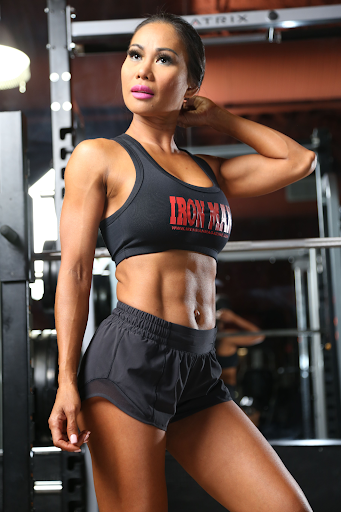
Maintaining your diet:
The dietary aspect of your muscle maintenance regime is as important as it gets. Even if your workout regime is not as strict as it was, you are still consuming calories and your goal is to make your body utilize those calories to maintain your muscles instead of storing it as fat. Although you still need to eat healthy in order to support your already sculpted muscles, you no longer need to eat your calories in excess. Since your body is used to receiving a surplus amount of calories, it utilizes them to get bigger. Now that you have cut down that surplus amount, your body does not grow bigger in size. But be careful not to consume too few calories. If you do that, not only do you lose body fat but you lose muscle along with it.
To maintain your current weight, the first step is to figure out your Resting Metabolic Rate (RMR). This will help you give the number of calories you need to consume in order to maintain your current weight. Once you have that, you can consume a combination of the following foods to meet that goal:
- 3 meals a day with 1 or 2 healthy snacks, depending on your appetite
- Breakfast: Your breakfast should contain foods like eggs and figs that are high in protein, fiber and are easily digestible with black coffee.
- Meals: Your meals should contain both meat and vegetables.
- Proteins: eggs, fish, chicken, meat cuts, etc.
- Carbohydrates: whole wheat bread, brown rice, yams, oatmeal, sweet potatoes, etc.
- Healthy fat: Almonds, avocadoes, fish oil, olive oil, flax seeds, etc.
- Snacks: Your snacks should contain fruits and supplements. It is best if you take your snacks before working out.
- Water: Staying hydrated is very important. Aim for at least 8 glasses of water a day.
- Foods to avoid: Highly processed food, foods with a high quantity of sugar, alcohol, etc.
Workout Routine for maintenance:
To maintain your already existing muscles and body weight, it is best to stick to a regime that is not too intense but targets every muscle group in your body. Consider the following maintenance routine:
- Bent Row 3×10-12
- Bench Press 3×10-12
- Rear Deltoids Flyes 2×10-12
- Military Press 2×10-12
- Shrugs 3×10-12
- Lunges 2×10-12
- Squats 3×10-12
- Close Grip Barbell Curl 3×10-12
- Close Grip Bench Press 3×10-12
- Calf Raises 3×10-12
Note: Shift between barbells and dumbbells for alterations and variety.
Supplements for maintenance:
If you are working out constantly, your body is in need of natural supplements. Providing your body with natural supplements is the perfect way to boost its biological mechanisms. If you are looking for maintaining the weight and muscles in your body, consider taking the following supplements:
- Multivitamins
- Protein powders
- Fish oils
- Omega 3, 6, 9
Symmetry: What is it and why is it important?
While bodybuilding, gaining muscle mass is not the only goal. The goal is to build muscle mass that is distributed evenly throughout each muscle group. If your muscles are evenly built, your physique is symmetrical. If you have focused on one muscle group more than the others, your physique looks asymmetrical. The rationale behind having a symmetrical body is to look better and stronger. Imagine a person with a strong chest and weak arms. Looks funny, right? That is exactly what we’re trying to avoid by building a symmetrical physique.
To maintain the symmetry of your muscles and body, try considering the following routine:
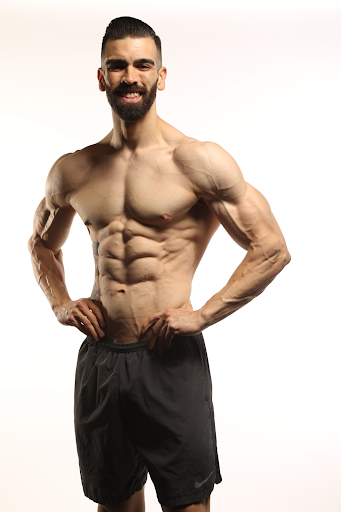
Day 1: Target your back muscles, biceps, and forearms on the first day. To do that, perform the following exercises:
- Chin-ups/ Pull-ups: 3 sets, 8 reps
- Barbell curls: 3 sets, 8 reps
- Hammer curls: 3 sets, 10 reps
Day 2: Target your abdominals. To do that, perform the following exercises:
- Cross crunches: 5 sets, 20 reps
- Leg raise: 5 sets, 12 reps
- Mountain climber: 3 sets, 20 reps.
Day 3: Target your shoulders, chest and triceps. To do that, perform the following exercises:
- Barbell bench presses: 2 sets, 10 reps
- Dumbbell shoulder presses: 2 sets, 10 reps
- Cable crossover: 2 sets, 10 reps
Day 4: Target your calves, hamstrings, and quads. . To do that, perform the following exercises:
- Barbell squats: 3 sets, 10 reps
- Lunges: 3 sets, 12 reps
- Single leg deadlifts: 3 sets, 10 reps
Since this is a maintenance routine, you do not need to be too intense in your workout regime. You can train 4 days a week and rest for the remaining 3 days. The given routine will help you maintain a symmetrical physique without overwhelming you too much. It will also strengthen your weak points if you have any.
A symmetrical physique: The ideal measurements for bodybuilders
Bodybuilders do not use the same measurement charts as non-lifters. They have more body mass and muscle as compared to non-lifters, therefore they have a size chart of their own.
To determine where your body parts and muscles fall in terms of symmetry and proportion, simply measure the circumference of each body part. But before you measure them, take the following steps into account:
- Measure your body parts in a relaxed state. They should not be flexed, especially your biceps.
- Avoid performing exercises before measuring your body parts. The sudden blood flow towards your body parts as a result of exercise will tamper with the measurements.
- Make sure not to stretch or pull the measuring tape while measuring a body part.
- To accurately assess the symmetry of your physique, measure both the sides i.e. the right and the left side of your body.
The body parts that need to be measured to determine symmetry are the following:
- Upper Arm (right and left)
- Forearms (right and left)
- Shoulders
- Chest
- Waist
- Thighs (right and left)
- Calves (right and left)
What size should your body parts be?
During the 1940’s and 1950’s, the perfectly proportioned body for a body builder was considered that of the bodybuilding legend Steve Reeves. His size charts are used even today. His measurements were:
- Arms: 18.5 inches
- Calves: 18.5 inches
- Neck: 18.5 inches
- Thighs: 27 inches
- Chest: 54 inches
- Waist: 30 inches
Steve Reeves’ height to weight chart for symmetrical physiques was based on the concept of putting on mass in accordance to one’s height so the body is not overloaded and stays fit and symmetrical. Refer to the chart below:
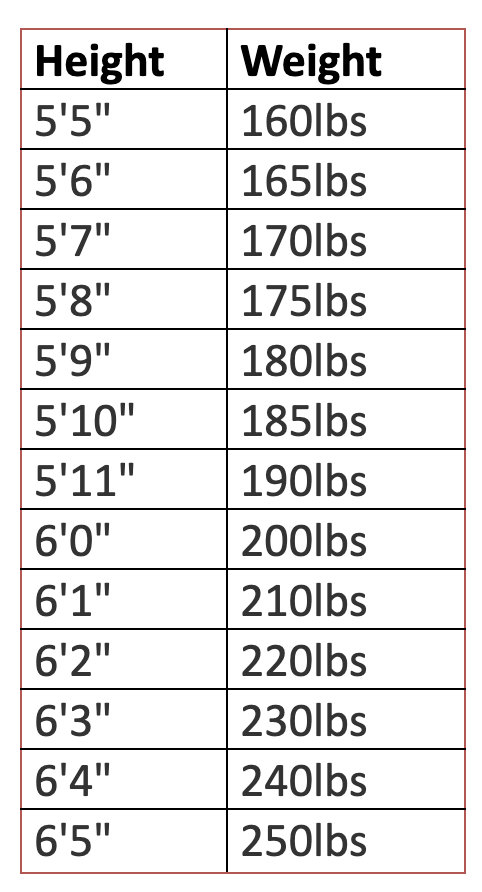
To refine the physique in terms of symmetry even further, Steve proposed a Muscle to Bone Ratio chart as well. According to this chart:
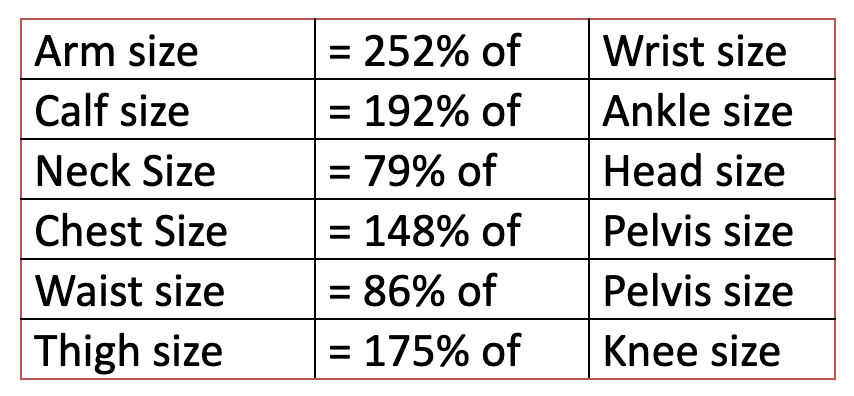
These measurements are considered the benchmarks of proportions and symmetry even today mainly because these measurements allow you to balance your muscle mass with your height.
Height/Weight charts for bodybuilders: Males vs. Females:
Men and women have different bodies and therefore their heights to weight measurements are different too. A 5’8 man and a 5’8 woman are very different in terms of weight. Biologically speaking, this is mainly because women have more fat in their bodies as compared to men. So, with equal height, same age and similar exercise routine, women are required to consume fewer calories than men because the female body can easily convert fat into food as compared to the male body. Now, if females are required to consume fewer calories than men, their height to weight ratio is sure to differ.
Heights to weight charts are ideal for determining what your ideal weight needs to be with respect to your height. For every 1 inch, your weight increases by 5-10 pounds (Source). Here is the ideal height to weight chart: (Source)
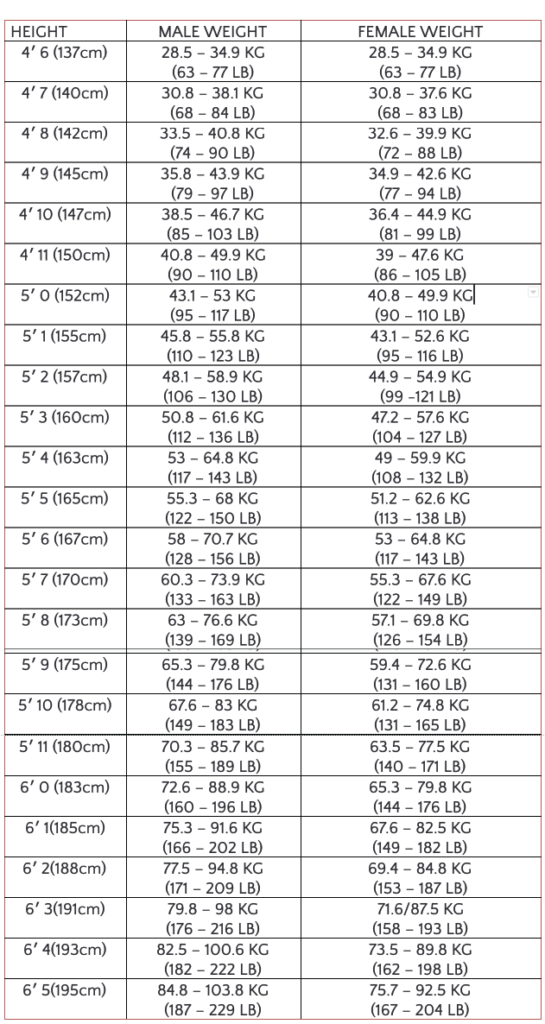
Do not forget that these measurements are ideal for bodybuilders and are subjective to everyone. Do not overwork or over-stress your body just to achieve these. Some bodies are easy to change and some are not.
Conclusion:
Weight maintenance is easier than losing weight but still requires attention and training. Your diet also plays an important role in helping you maintain your weight. Before you start following a diet plan, make sure to consult your general physician or nutritionist to rule out any underlying conditions or food allergies.
Maintaining a balanced routine and having a supplement plan will also help you maintain your weight and figure. During your maintenance phase can be a great time to focus on body symmetry to get your body symmetrical before starting intense training again!






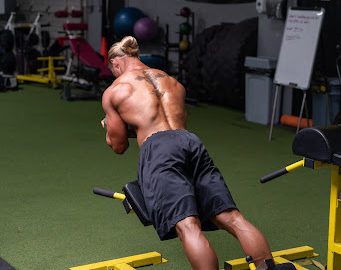
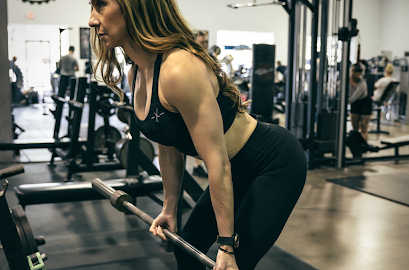














You must be logged in to post a comment Login